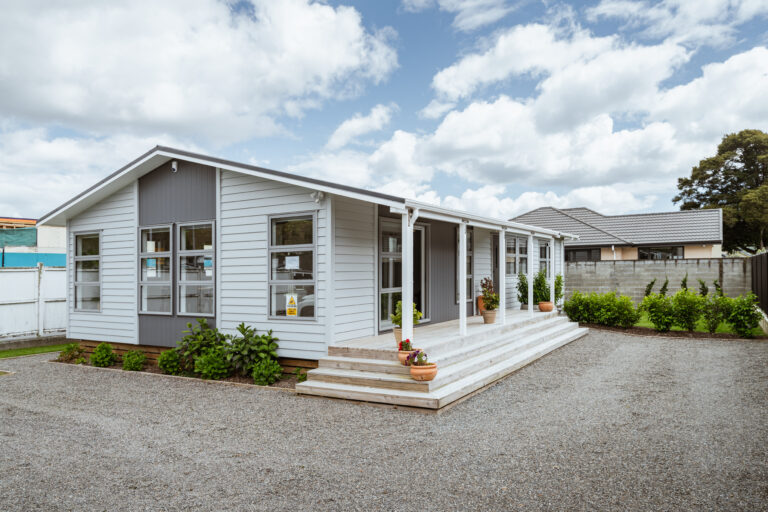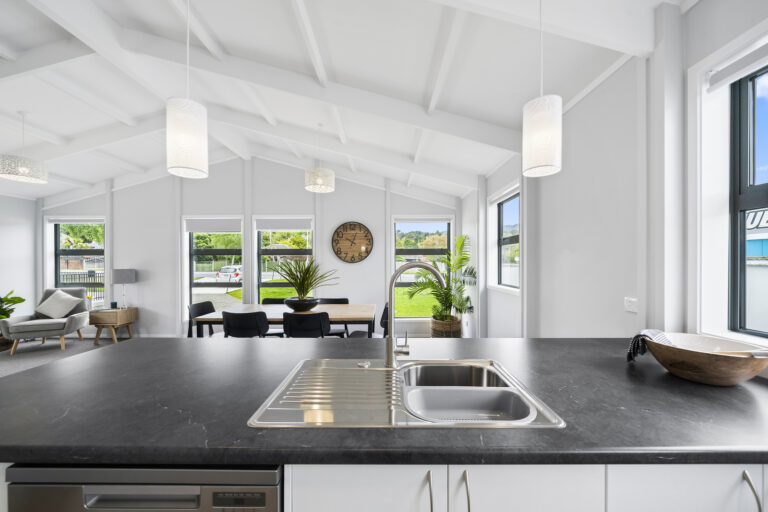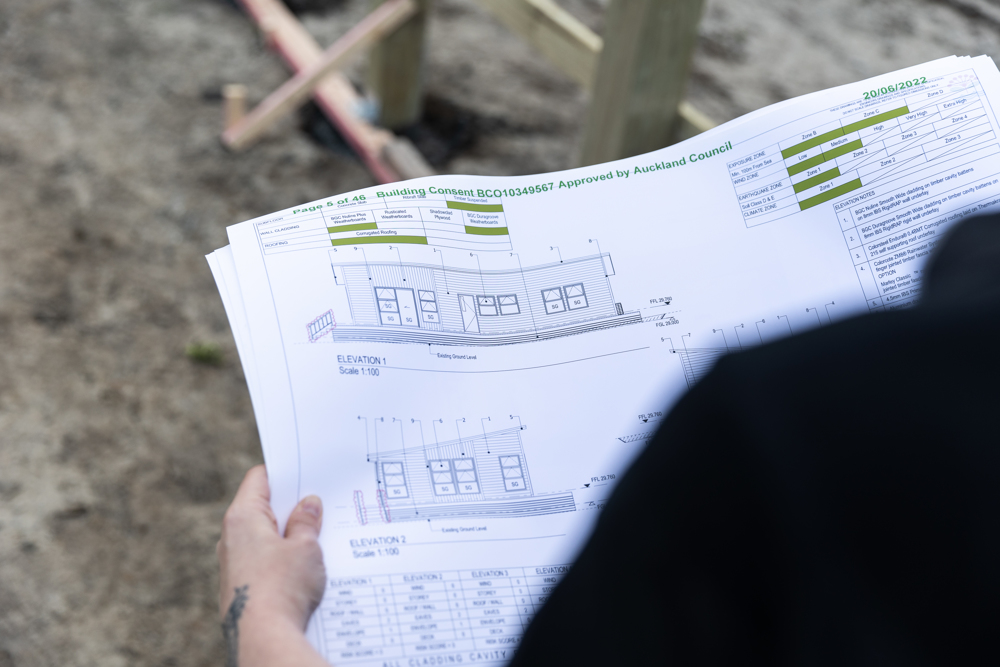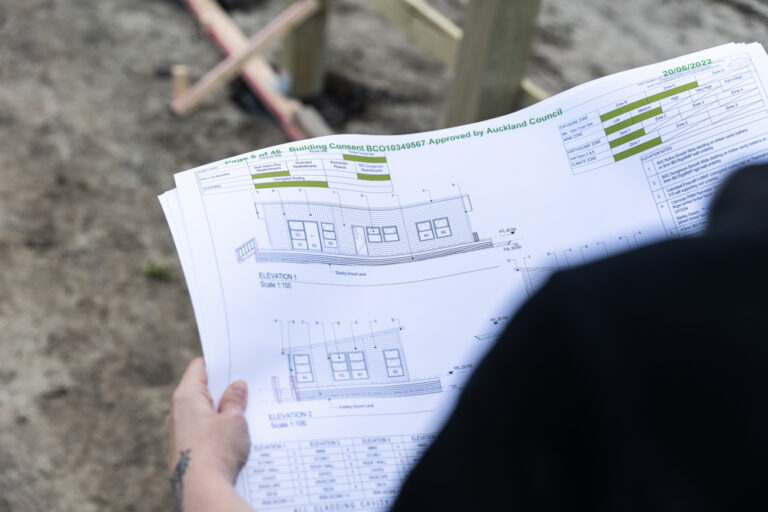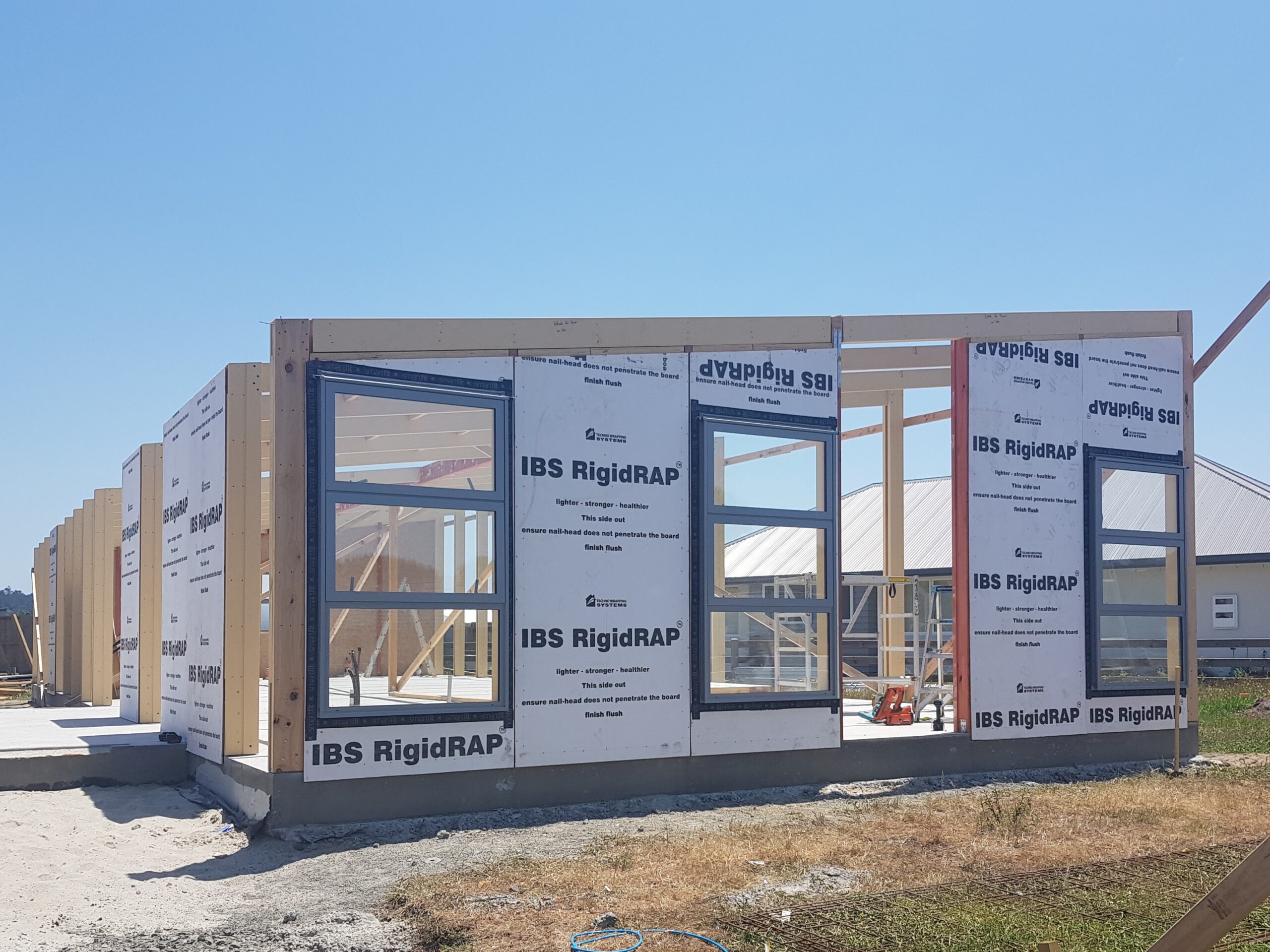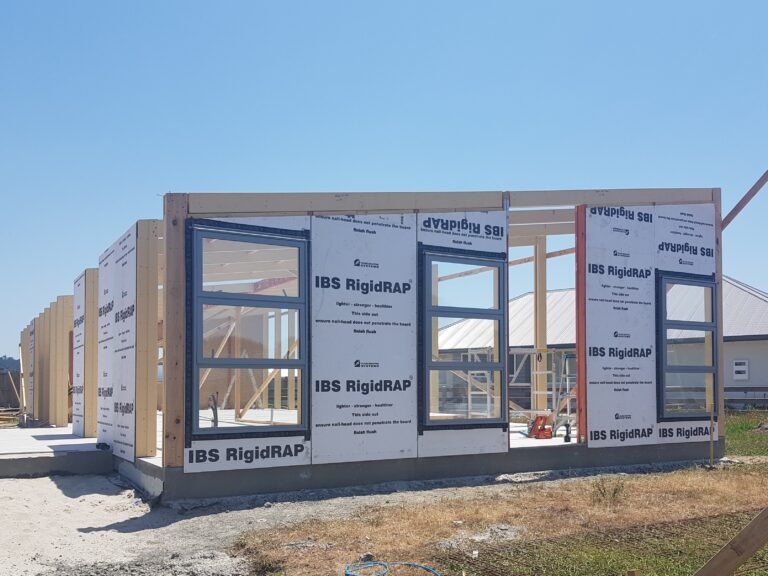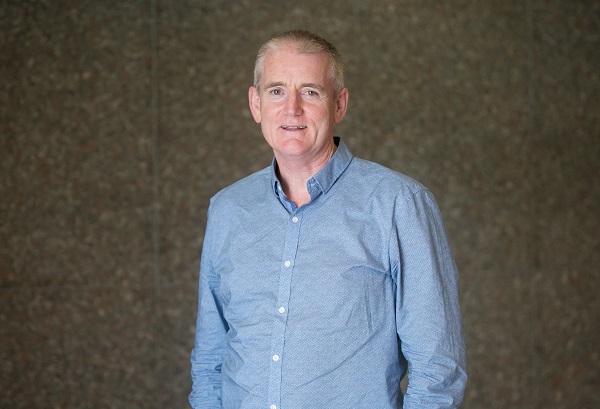A version of this article was originally published on newshub.co.nz.
Anyone who has seen Grand Designs knows that building a new home from scratch can be an expensive and time-consuming process. With so many variables, a lifelong dream can become a stressful, drawn-out experience.
But EasyBuild, a 100% New Zealand-owned and operated modular home builder, is here to prove that it doesn’t have to be that way.
The company builds standalone and multi-unit homes modular that can be constructed in half the time of a traditional build and at a lower cost, making it easier than ever for Kiwis to get into a quality, brand new home, or complete housing development and investment projects faster.
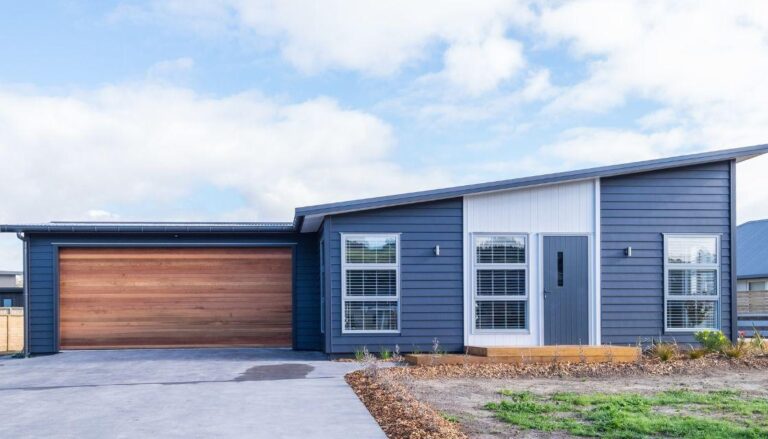
With more than 25 different designs to choose from, the company can pump out three houses a week from its factory in Upper Hutt. The components are then flat packed, put in a shipping container and sent to sites around the country, where their teams of trained, expert builders complete the homes on site.
EasyBuild Co-founder and Director Mike Fox describes the homes as being “the Ikea of the building industry” and says modular housing has the potential to play a major role in easing New Zealand’s housing crisis, especially given recent RMA changes and council regulations now allowing for greater housing density in urban areas.
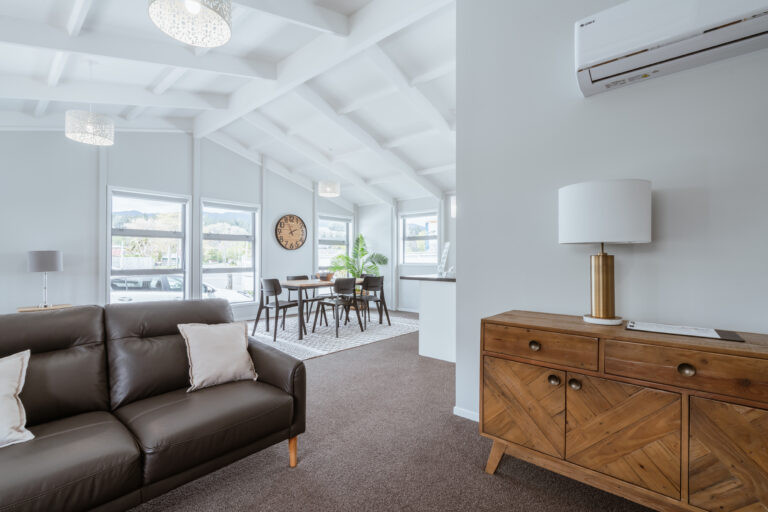
“They can be built twice as fast as a conventional home, and they’re energy-efficient and affordable,” he says.
Fox says modular housing offers a much-needed alternative to our traditional way of construction, which focuses on building bespoke homes on site. “We need to be able to give the consumer a choice,” he says.
“You can buy a good-value house that is pre-consented and pre-designed. You can make some tweaks to it, you can get it quickly and you can save a bunch of money and time. Or you go for the traditional method where you wait a long time to get your house, you pay a lot more and it’s put together piecemeal on site.”
“The reason that we can do things affordably and quickly is because we are doing lots of the same thing. We use the same methodology all the time, which enables us to get economies of scale – and that is where the traditional industry falls down. We’re able to produce a high-quality product, in a highly efficient way, that doesn’t cost the earth.”
Fox says the construction method the company uses is similar to what exists in Scandinavia but has been adapted for local conditions and “turned into a New Zealand system”. Fox also points out they differ from other kit-set houses, where essentially you are just sold a “big pile of materials and you put it together”.
“We’ve prefabricated them to a high level in our factory, so that when the walls come out they have the windows and insulation pre- installed, and everything’s already pre-cut and ready to be assembled by our teams on-site.”
Another difference between EasyBuild and many other transportable home or prefabricated home providers, is that because the structure is put together on site and only a deposit paid in advance of the materials arriving on site, typically standard construction lending is available from financial institutions.
Modular housing also has environmental benefits, with total build waste reduced by up to two-thirds of that of a conventional build.
Once on site, a trained team will generally have the homes watertight within seven to ten days, with the construction period taking around 12-14 weeks in total. All house designs also have MultiProof approval from the Ministry of Business, Innovation and Employment, making the consenting process much quicker and easier than that of a conventional build, with Fox estimating it normally takes half the time to cut through the red tape and gain consent.
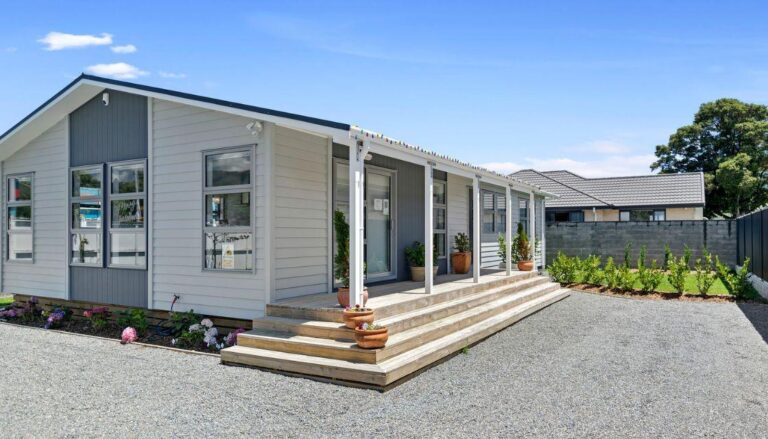
And because the houses range in size from one-bedroom, 38-square-metre homes to four-bedroom 176-square-metre homes, and there are standalone, duplex and multi-unit options, EasyBuild’s modular homes are suitable for all types of people and styles of living.
Fox says they are particularly popular with existing homeowners looking to unlock more value from their land by subdividing their property or building a minor dwelling to rent out to tenants or tourists. They’re also popular with clients who have multigenerational living requirements, and for larger scale development projects in medium density housing areas.
And while he is aware modular housing may not appeal to people who want a unique, bespoke house, Fox firmly believes that by giving people more choice as to what sort of home they can build, the concept can play a role in getting more Kiwis into warm, affordable housing sooner.
“We’re not all things to all people. We are about providing really robust, high-quality, energy-efficient, affordable homes that can be built quickly and will stand the test of time.”
Head to your local EasyBuild Show Home to discover the comfort and quality of an EasyBuild home for yourself, or contact your local EasyBuild team to start making your new home dreams a reality.



